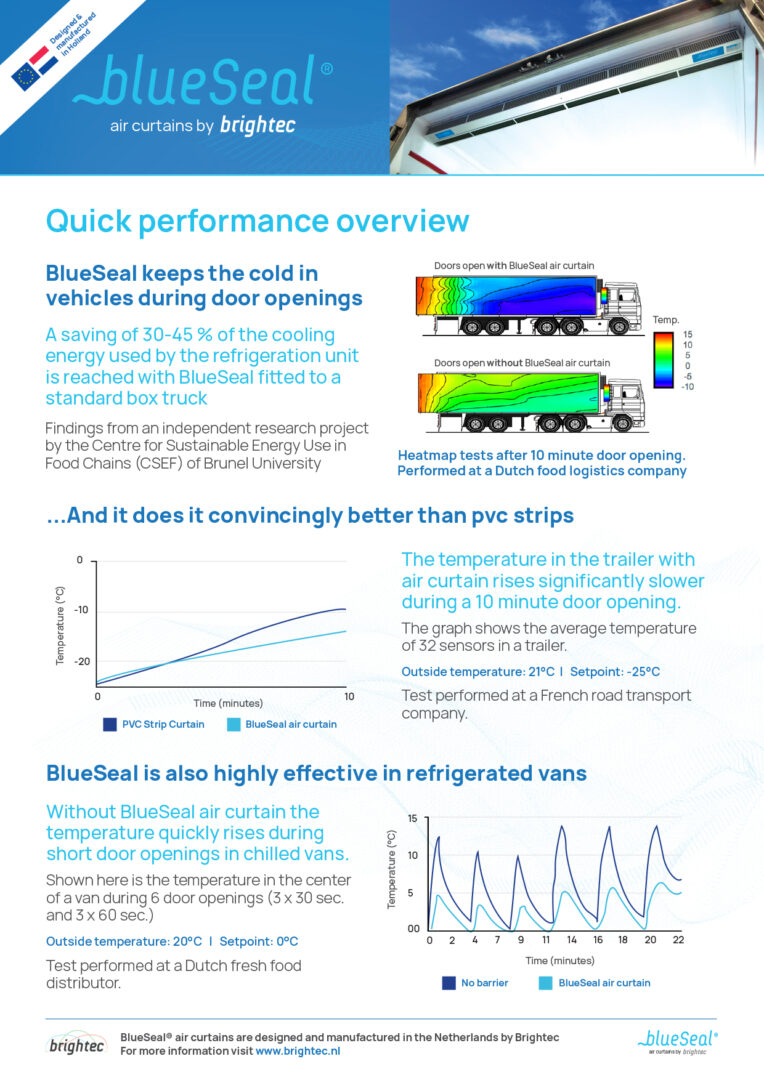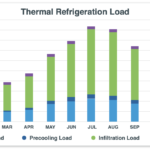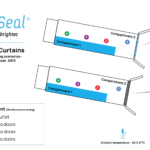Findings & Insights
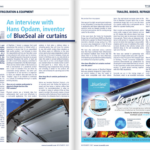 Interview with Hans Opdam, inventor of BlueSeal air curtains
Interview with Hans Opdam, inventor of BlueSeal air curtains
Make sure to check out this months edition of TCS&D Magazine for an exclusive interview with inventor of BlueSeal Hans Opdam. In this interview Hans discusses the benefits of air curtains over PVC barriers, what makes BlueSeal air curtains so effective and future plans for the evolution of the product.
 BlueSeal air curtains – essential Cleantech for refrigerated transport
BlueSeal air curtains – essential Cleantech for refrigerated transport
The products of effective cleantech for refrigerated transport are no longer the stuff of environmental idealism, but a means to strive towards an efficient and affordable supply chain against an increasingly overwhelming dependence on fossil fuels.
 Helping electric refrigerated vehicles go the extra mile by preventing energy loss
Helping electric refrigerated vehicles go the extra mile by preventing energy loss
This year has seen huge leaps forward with the development of refrigerated fully electric HGV’s as viable options have started to enter the market and go the distance for commercial demands. With the conversation centering around longer battery life and lighter vehicles, Brightec asks whether they are doing enough to control energy loss during deliveries when doors are opened.
BlueSeal air curtains has been proven in its ability to reduce approximately 30-45% of the infiltration load, resulting in a significant reduction of the total thermal load, which in turn reduces the carbon footprint and fuel costs of TRU’s...
 How BlueSeal air curtains can help transport your pharmaceuticals safely
How BlueSeal air curtains can help transport your pharmaceuticals safely
One of the biggest risk factors in transporting pharmaceuticals is the temperature change products face during transit. Maintaining a controlled temperature chain is critical in transporting pharmaceuticals, many of which must be kept within very strict temperature limits to avoid affecting the chemical stability of products.
 The advantage of the BlueSeal air curtain in a vehicle with two and three rear doors
The advantage of the BlueSeal air curtain in a vehicle with two and three rear doors
In this simulation experiment we are examining the effectiveness of BlueSeal where goods will be exposed to varying levels of outside temperature when different combinations of rear doors are opened. For three examples we are considering situations where goods will be loaded/unloaded from vehicles in a 7.5 metre truck to test how BlueSeal’s performance differs in a real-world scenario.
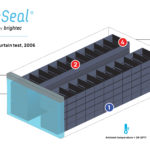 The origin of BlueSeal air curtains for transport
The origin of BlueSeal air curtains for transport
In this blog, Brightec founder Hans Opdam discusses the research project that led to the development of commercial vehicle air curtains during his time at Econcern, a now defunct company specialising in renewable energies. This became the working model for BlueSeal® air curtains.
 Do smaller vehicles like vans benefit from BlueSeal air curtains?
Do smaller vehicles like vans benefit from BlueSeal air curtains?
Typically, temperature-controlled vans have suffered from the same difficulties with maintaining a strong internal temperature in cargo bays as their larger counterparts, with the cause of most energy loss occurring when cargo doors are opened.
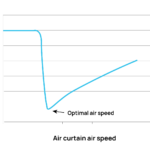 Creating the most effective climate barrier: how higher air speeds are counterproductive for air curtains
Creating the most effective climate barrier: how higher air speeds are counterproductive for air curtains
Creating the most efficient airflow for vehicle air curtains is a subject shrouded in misconceptions that is a little more complicated than one might assume. For example, you would intuitively assume that a higher speed of air flow would improve the performance of an air curtain. In actual fact, when the speed of the air flow is too high, the performance of an air curtain drops.
Brunel University puts BlueSeal to the test
Vehicle air curtain manufacturer Brightec has welcomed putting its industry leading product BlueSeal to the test in a project by the Centre for Sustainable Energy use in Food chains (CSEF) at Brunel University.
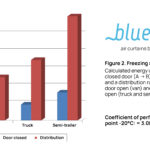 Is your refrigerated vehicle losing you money without a climate barrier?
Is your refrigerated vehicle losing you money without a climate barrier?
The purpose of this study is to quantify this additional demand for cooling energy and estimate the extra use of diesel in a temperature-controlled vehicle without a climate barrier. As a courier, how important do you currently consider investing in effective climate control for your vehicles?





